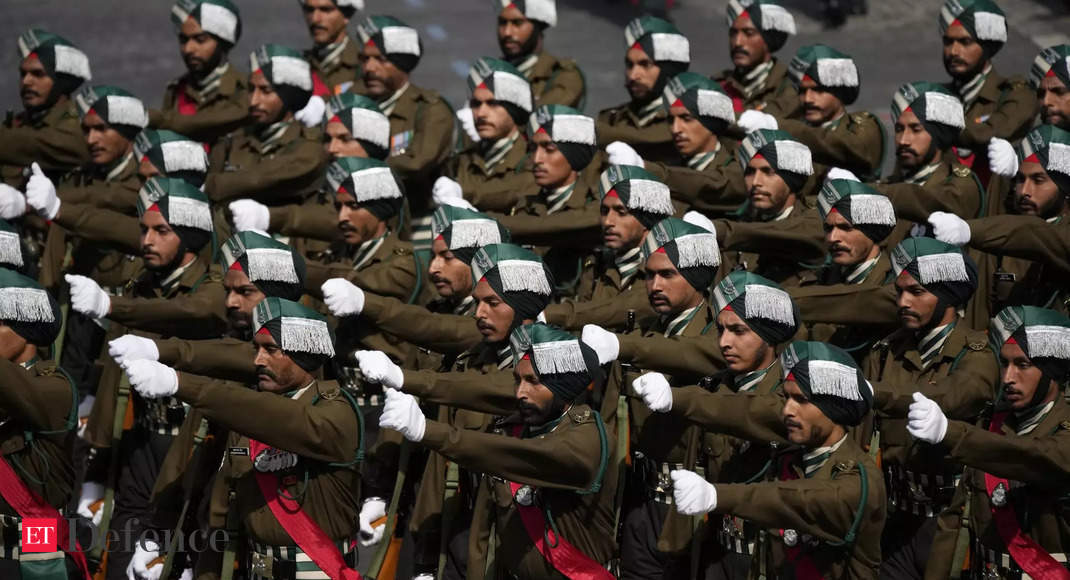An Indian Army contingent led by Captain Aman Jagtap participated in the Bastille Day Parade in Paris, paying tribute to Indian soldiers who made the supreme sacrifice in World War I. The Punjab Regiment, one of the oldest units of the Indian Army, took part in both World War I and II. The Indian contingent, consisting of the Punjab Regiment, a band contingent, a Navy contingent, and an IAF contingent, made the armed forces and India proud. The Indian tri-services contingent, led by Capt Jagtap, marched on the Champs-Elysees, a historic avenue in the heart of Paris. This participation was a symbol of tribute to the Indian soldiers who laid down their lives over a century ago while fighting on foreign soil. The Punjab Regiment played a significant role in the Great War and its soldiers’ contribution and sacrifices have been immortalized in old monochrome photographs. One such photograph, taken during World War I, shows Indian troops marching on the streets of France while a French woman pins a flower to the uniform of a soldier. This image and other photographs were constantly in the minds of the Indian contingent when they reached Paris. Capt Jagtap, leading the Punjab Regiment contingent, motivated his soldiers to give their best by reminding them of the land where their ancestors made the supreme sacrifice. The Indian contingent also had the privilege of being joined by three Rafale fighter jets of the Indian Air Force, along with French fighter jets, in a flypast. Prime Minister Narendra Modi was the guest of honour at the parade, making this participation even more significant. The Indian tri-services contingent was felicitated by Army Chief General Manoj Pande who praised them for making the armed forces and India proud, and boosting the image of the country. Members of the Punjab Regiment also got the opportunity to visit the Indian memorial at Neuve-Chapelle. This memorial commemorates over 4,700 Indian soldiers and laborers who lost their lives on the Western Front during World War I and have no known graves. It holds special significance for the Punjab Regiment as it was at Neuve-Chapelle in March 1915 that the Indian Corps fought its first major action as a single unit. The Indian memorial was designed by Sir Herbert Baker, the architect who designed various government buildings during the creation of New Delhi. When the members of the Punjab Regiment visited the memorial, they were touched by the villagers living nearby, who came to meet them and pinned flowers on their uniforms. The Indian tri-services contingent’s participation in the Bastille Day Parade was a humbling and emotional experience for them, as they marched in front of Prime Minister Modi and French President Emmanuel Macron in the historic city of Paris. This participation was not only a symbol of tribute to the sacrifices made by Indian soldiers in World War I but also a celebration of their valor and a testament to the strong bond between India and France.
Marching in Bastille Day Parade: Tribute to Sacrifices of Indian Soldiers in World War I, Says Captain Aman Jagtap











